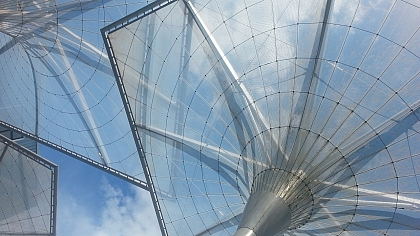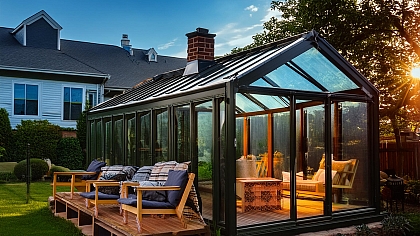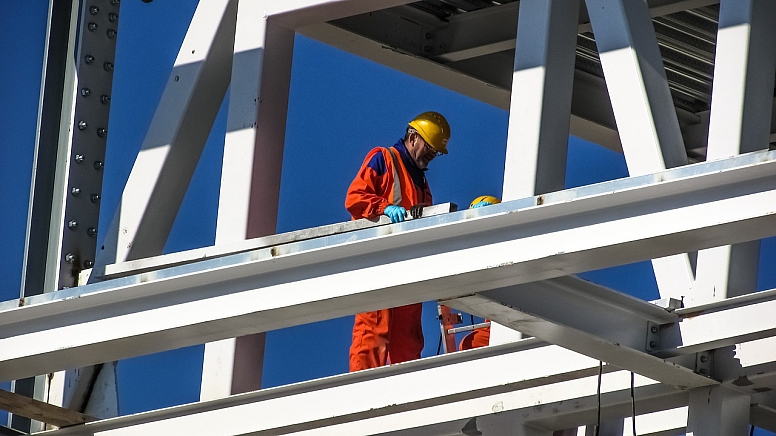
A Beginners Guide to Building and Construction: What it Involves
The world of building and construction is a complex and multifaceted industry, where various elements come together to create structures that serve diverse purposes. Whether it's a residential home, a commercial office building, or an industrial facility, the process of construction is governed by a comprehensive set of requirements, conditions, and materials.
We will take a look at the various facets of building and construction, detailing essential terms and components that are integral to the construction process.
Procurement and Contracting Requirements
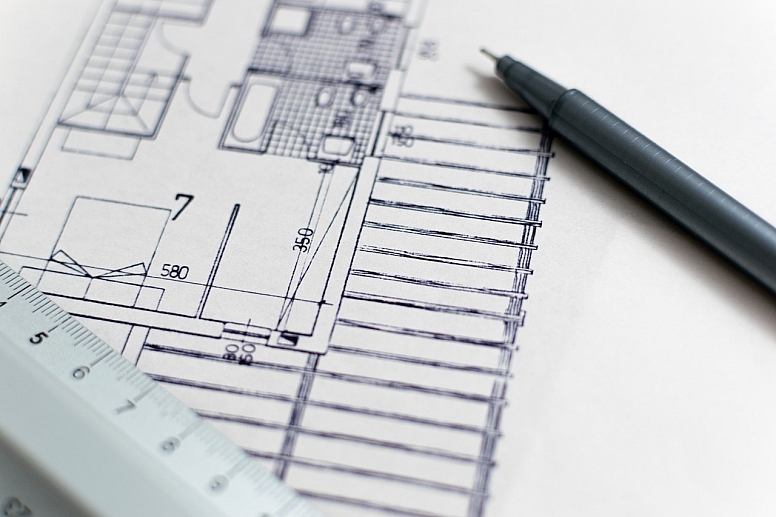
-
-
Scope of Work: Defining the project's scope includes specifying what work will be done, what materials will be used, and what quality standards are expected.
-
Project Budget: Establishing a clear budget is essential to managing costs effectively. It includes accounting for construction materials, labour, equipment, permits, and contingencies.
-
Timelines: Project schedules determine when work starts, milestones, and completion dates. Adhering to timelines is crucial to avoid delays and cost overruns.
-
Contracting Methods: The choice of contracting method can significantly impact the project. Design-bid-build is a traditional approach where design and construction are separate phases. Design-build combines design and construction services under a single contract. Construction management involves a construction manager overseeing the project.
-
General Conditions

-
-
Permits: Obtaining the necessary permits from local authorities is critical to ensure that construction complies with legal regulations.
-
Insurance: Construction insurance includes policies for liability, property, and workers' compensation to protect against potential accidents or losses.
-
Bonds: Performance and payment bonds are often required to guarantee that the contractor will fulfil their obligations and pay subcontractors and suppliers.
-
Change Orders: These documents are used when there are changes to the original contract. They outline adjustments in scope, cost, and timelines.
-
Dispute Resolution: The general conditions also address dispute resolution mechanisms, typically through arbitration or litigation.
-
Existing Conditions
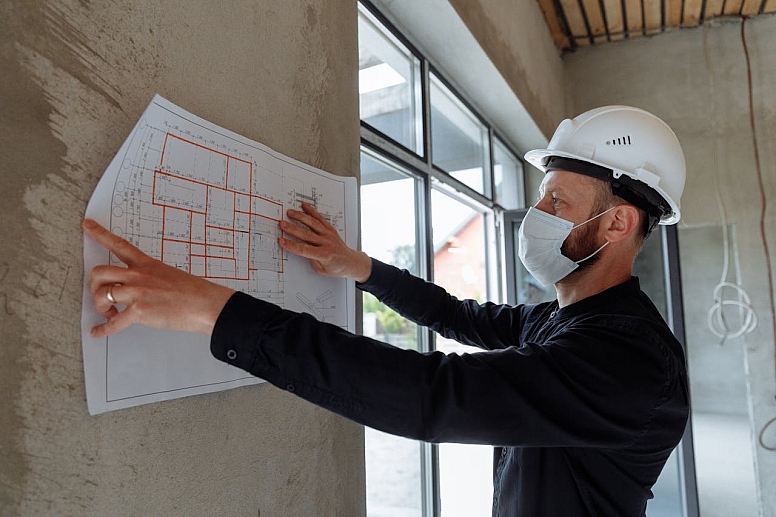
-
-
Site Assessment: Before construction begins, a thorough site assessment identifies any challenges, such as environmental issues, topography, and soil conditions.
-
Building Inspections: For renovations or additions, existing building conditions must be assessed to determine structural integrity and code compliance.
-
Concrete

-
-
Mix Design: The composition of the concrete mix (cement, water, aggregates, and additives) is customized to meet specific structural and environmental requirements.
-
Curing: Proper curing ensures that concrete gains strength and durability. It involves maintaining adequate moisture and temperature conditions.
-
Applications: Concrete is used in foundations, slabs, walls, columns, and many other structural elements in various forms such as ready-mix, precast, and shotcrete.
-
Masonry
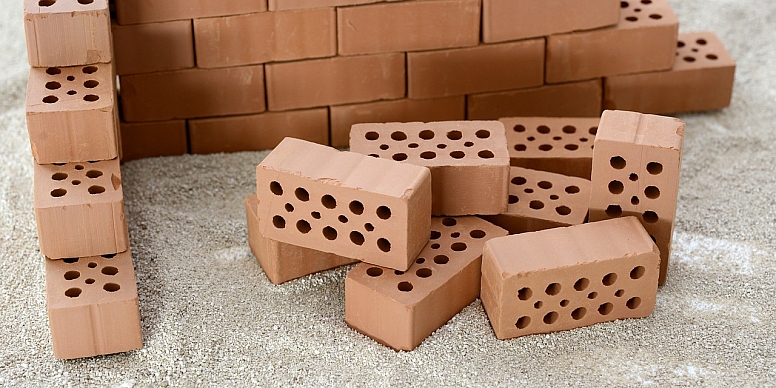
-
-
Materials: Bricks, concrete blocks, and stones are the primary materials used. Mortar is a crucial component for bonding masonry units.
-
Craftsmanship: Skilled masons ensure precise laying and alignment of masonry units, which is essential for both structural integrity and aesthetics.
-
Types: Masonry can be used for load-bearing walls, veneers, and decorative features on a wide range of buildings.
-
Metals
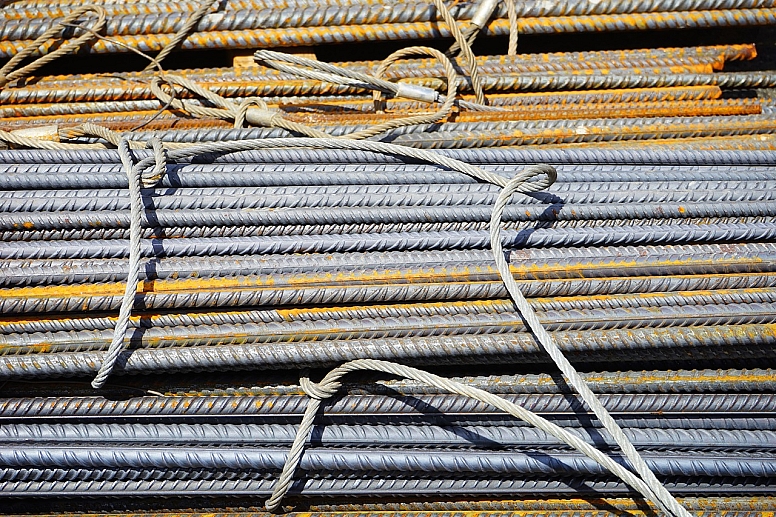
-
-
Structural Steel: Steel is commonly used for framing in large commercial and industrial buildings due to its strength and durability.
-
Aluminium: Lightweight and corrosion-resistant, aluminium is often used for windows, doors, and curtain wall systems.
-
Copper and Stainless Steel: These metals are used for roofing, gutters, and architectural detailing due to their corrosion resistance and aesthetic appeal.
-
Quality Standards: Metals must meet industry standards for quality and fabrication, and their connections must be carefully designed for structural stability.
-
Wood, Plastics, and Composites
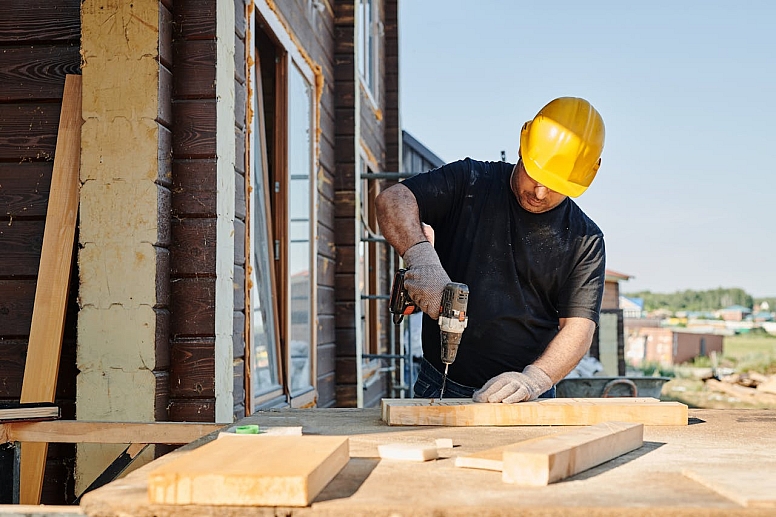
-
-
Wood: Wood framing is widely used in residential construction for its availability, affordability, and sustainability. Engineered wood products, such as laminated beams and OSB, offer enhanced strength and stability.
-
Plastics and Composites: Materials like PVC, fibreglass, and composite decking are used for various purposes, including cladding, windows, and decking, due to their durability and low maintenance requirements.
-
Sustainability: Sustainable wood sourcing and the use of recycled plastic materials are important for minimizing environmental impact.
-
Thermal and Moisture Protection
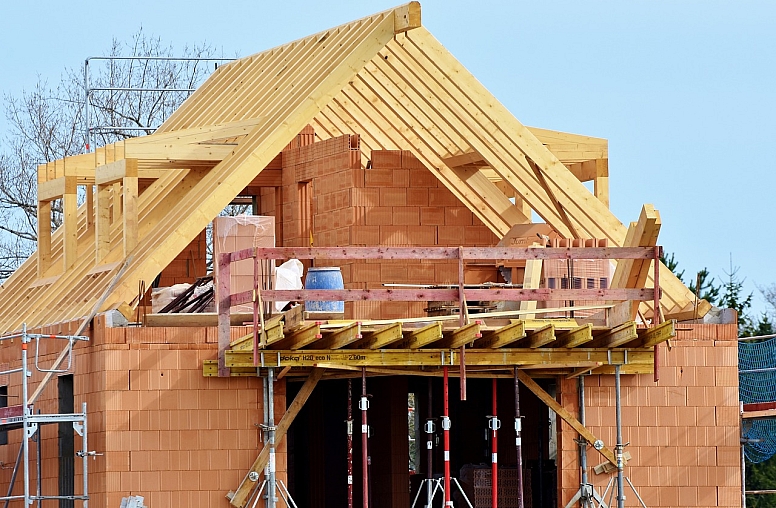
-
-
Roofing Materials: Roofing materials like asphalt shingles, metal, and membrane systems protect against moisture and provide insulation.
-
Insulation: Proper insulation materials, such as fibreglass, foam, or cellulose, are essential to maintain energy efficiency and thermal comfort.
-
Waterproofing: Waterproofing systems for foundations, basements, and below-grade structures protect against water intrusion.
-
Vapour Barriers: Vapour barriers control moisture movement through walls and roofs, preventing condensation and mould growth.
-
Openings
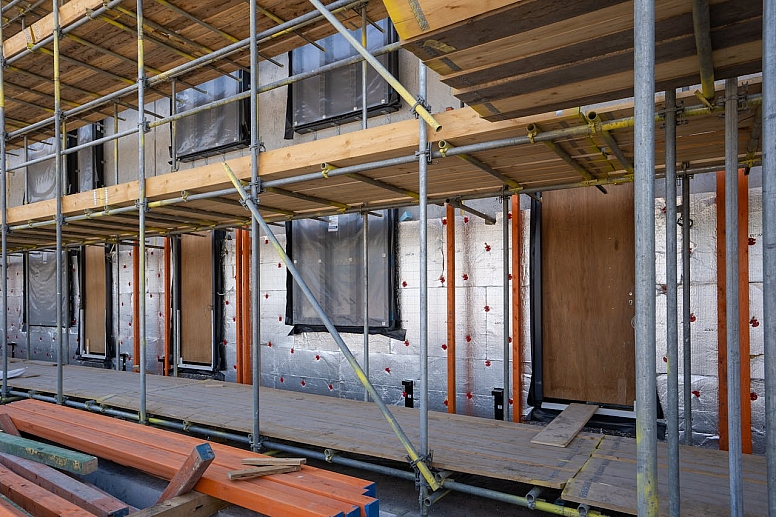
-
-
Doors: Materials and features like steel, wood, glass, and security hardware are considered when selecting doors.
-
Windows: Window types, glazing, and energy-efficient designs are chosen based on aesthetic and functional requirements.
-
Security and Access Control: Access control systems, locks, and alarms are integrated into openings to ensure security.
-
Finishes

-
-
Paint and Coatings: The choice of paint, stains, and coatings depends on the desired aesthetics and performance.
-
Flooring: Flooring materials include hardwood, tile, carpet, and concrete, each with its own characteristics and maintenance requirements.
-
Wall Coverings: Wall coverings can be paint, wallpaper, or decorative panelling, enhancing the interior's visual appeal.
-
Ceiling Materials: Ceiling materials range from traditional drywall to acoustic tiles and decorative finishes.
-
Specialties
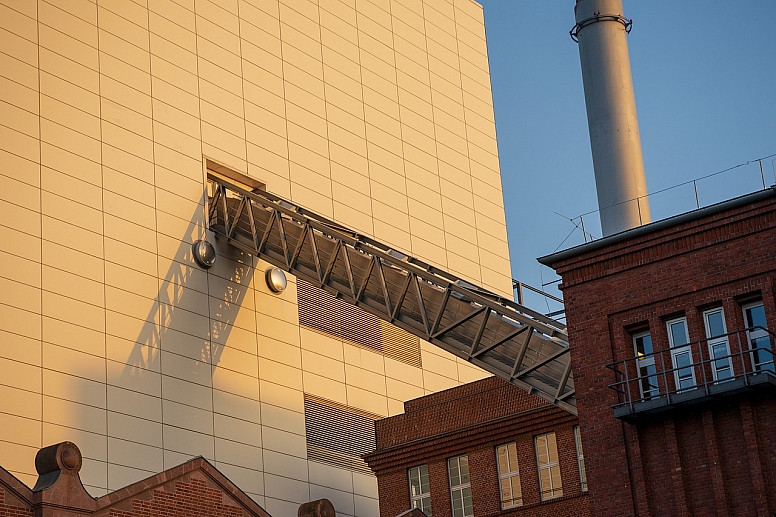
-
-
Elevators: Elevators come in various types (e.g., hydraulic, traction, or machine-room-less) to suit the building's size and purpose.
-
Fire Suppression Systems: These systems include sprinklers and fire alarms to ensure safety and code compliance.
-
Specialized Equipment: Unique facilities may require specialized equipment like medical imaging devices or industrial machinery.
-
Equipment

-
-
Excavators: Used for digging and earthmoving.
-
Cranes: Necessary for lifting heavy materials and equipment.
-
Concrete Mixers: Used to mix and transport concrete on-site.
-
Power Tools: Essential for various construction tasks like drilling, cutting, and fastening.
-
Furnishings

-
-
Furniture: The selection of furniture depends on the intended use and aesthetics of the space.
-
Fixtures: Bathroom and kitchen fixtures, lighting fixtures, and other functional components are chosen to enhance functionality and design.
-
Appliances: In residential and commercial spaces, appliances are essential for kitchens, laundries, and more.
-
Special Construction

-
-
Swimming Pools: Constructing pools involves waterproofing, plumbing, and specialized finishes.
-
Vaults: For banks and security facilities, vault construction requires high-strength materials and precise engineering.
-
Healthcare Facilities: Specialized construction includes surgical suites, imaging rooms, and controlled environments.
-
Conveying Equipment
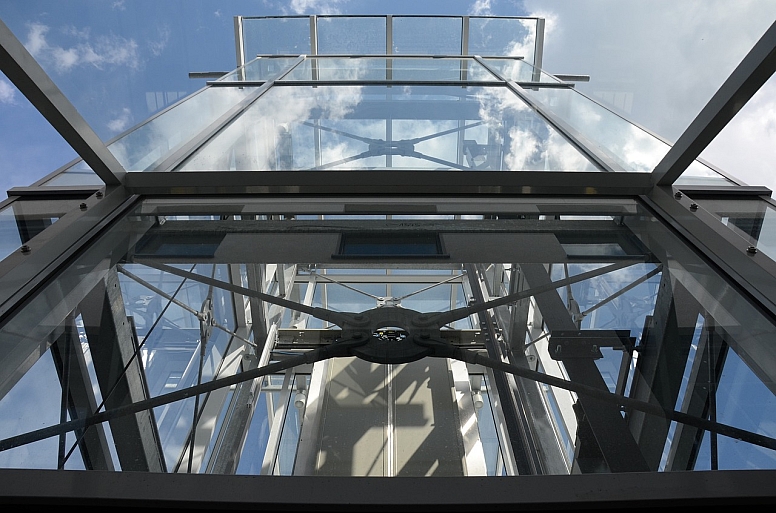
-
-
Elevators: Provide vertical transportation, with various types catering to different needs.
-
Escalators: Used in commercial and public spaces to move people efficiently.
-
Conveyor Belts: Used in manufacturing and logistics for material transport.
-
Earthwork
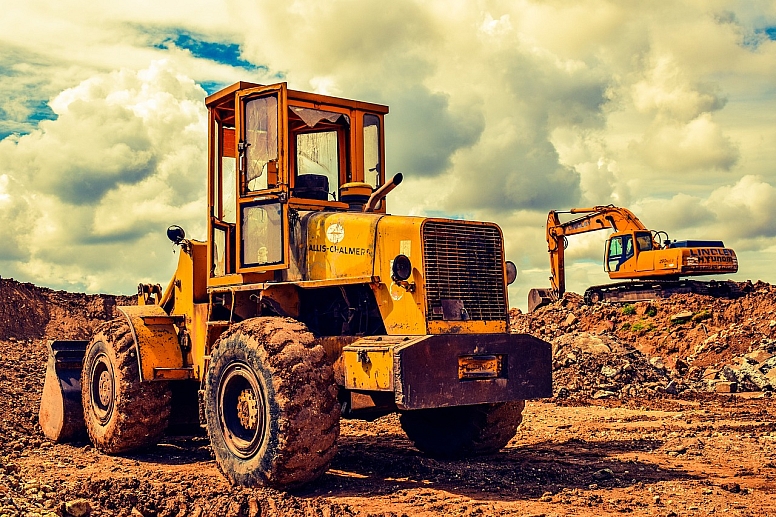
-
-
Excavation: Digging, trenching, and grading are done to prepare the site for construction.
-
Grading: Leveling and shaping the land to meet site design and drainage requirements.
-
Compaction: Soil compaction ensures a stable foundation for buildings and infrastructure.
-
Exterior Improvements

-
Landscaping: Plantings, hardscaping, and outdoor amenities are added to enhance the exterior.
-
Paving: Driveways, walkways, and parking areas are constructed with materials like asphalt, concrete, or pavers.
-
Outdoor Lighting: Lighting fixtures improve visibility and security during the night.
Utilities
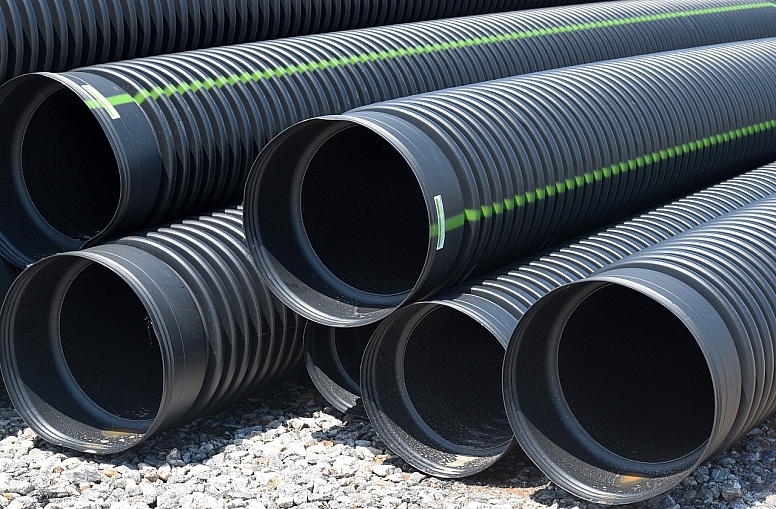
-
Water Supply: Systems for sourcing, storing, and distributing water are vital for both residential and commercial properties.
-
Sewage and Drainage: Wastewater and stormwater management systems are essential for maintaining environmental and public health standards.
-
Electricity and Telecommunications: Utilities for power and data transmission are essential in modern construction to enable connectivity and functionality.
The world of building and construction is a complex interplay of diverse components, from materials and methods to legal and administrative considerations. A successful construction project requires careful planning, attention to detail, and collaboration among various professionals to create structures that stand the test of time.










